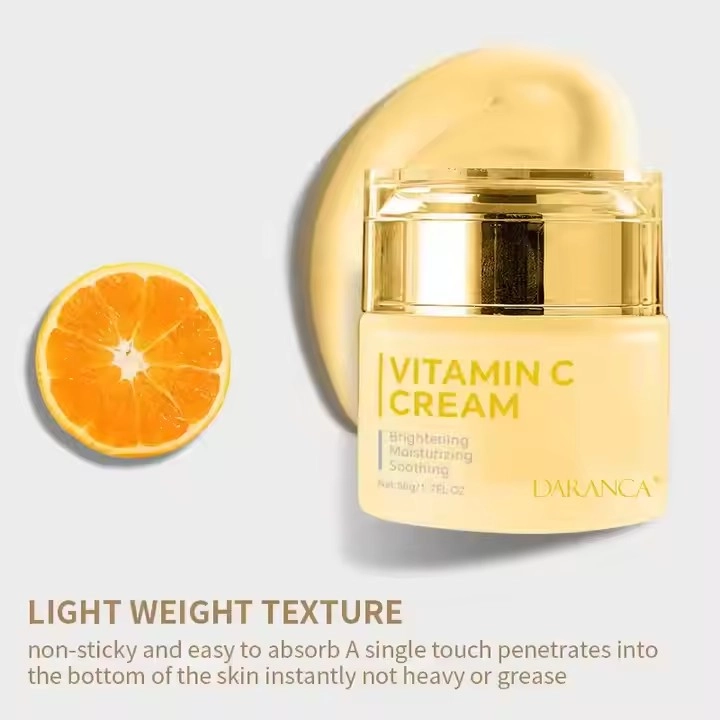Views: 220 Author: cosmeticsinhot Publish Time: 2025-10-21 Origin: Site








Content Menu
● Understanding the Importance of Skin Care Packaging
>> Why Packaging is Vital in Skin Care Industry
>> Key Functions of Effective Skin Care Packaging
● Leading Materials for Skin Care Packaging
>> Glass Packaging: The Classic Choice
>> Plastic Packaging: Versatile and Lightweight
>> Metal Packaging: Durable and Protective
● Innovative Skin Care Packaging Solutions
>> Refillable and Recyclable Systems
>> Smart Packaging with Digital Features
● Customization and Branding Opportunities
>> Shape and Structural Design
>> Printing and Labeling Techniques
>> Color Psychology in Packaging
● Sustainability Trends in Skin Care Packaging
>> Use of Recycled and Renewable Materials
>> Minimalist and Mono-Material Packaging
>> Biodegradable and Compostable Packaging
● Top Skin Care Packaging Manufacturers to Consider
>> AptarGroup
>> Lumson
● How to Choose the Best Packaging Solution for Your Skin Care Brand
>> Assess Your Product Requirements
>> Work Closely with Manufacturers
● Future Outlook for Skin Care Packaging
● Frequently Asked Questions (FAQs)
>> 1. What are the advantages of airless pump packaging in skin care?
>> 2. How can skin care brands incorporate sustainability in packaging?
>> 3. What materials are safest for sensitive skin care products?
>> 4. Can packaging improve product shelf life?
>> 5. How can custom packaging help a skin care brand stand out?
In the booming beauty and personal care industry, packaging plays a crucial role not only in product protection but also in brand identity and consumer experience. As skincare brands continue to innovate in formulations, the demand for advanced, sustainable, and attractive packaging solutions is higher than ever. This article explores the best skin care packaging solutions from leading manufacturers, highlighting trends, materials, customization options, and sustainability efforts.

Skin care packaging does more than just contain products. It protects delicate formulations, ensures hygiene, preserves efficacy, and promotes ease of use. Furthermore, it acts as a silent salesman by conveying luxury, quality, and trustworthiness.
Consumers expect packaging that complements premium formulations and reflects brand values. Packaging must withstand transportation, environmental factors, and frequent handling without compromising product integrity.
- Protection from contamination and UV light
- Preservation of product shelf life
- User-friendly dispensing methods
- Attractive design for shelf appeal and brand recognition
Material choice is critical to skin care packaging due to the sensitive nature of cosmetics.
Glass bottles and jars are popular for their inertness, high-end feel, and recyclability. They prevent chemical reactions with active ingredients and are ideal for serums, oils, and creams.
High-grade plastics like polyethylene (PE), polypropylene (PP), and polyethylene terephthalate (PET) offer durability and diverse shapes. Recent advances include bio-based plastics that reduce environmental impact.
Aluminum tubes and containers provide excellent barrier properties and lightweight sturdiness, often used in creams and sunscreens.
Technological advancement and consumer preferences have driven innovation in packaging solutions.
Airless pumps minimize air exposure, preserving product efficacy and reducing contamination risks. They are perfect for serums and lotions requiring precise dosage.
To meet sustainability demands, many manufacturers offer refillable packaging and encourage recycling programs. This reduces waste and aligns with eco-conscious consumer values.
Embedded QR codes and NFC tags allow brands to provide product information, authenticity verification, and consumer engagement via smartphones.
Packaging is a powerful tool to distinguish skin care brands.
Custom shapes and ergonomic designs not only enhance user experience but also strengthen visual identity on crowded shelves.
From embossing to holographic foils and tactile finishes, advanced printing techniques elevate packaging aesthetics.
Colors evoke emotions and communicate product attributes—soft pastels for gentleness, metallics for luxury, and white for purity.
Sustainability is no longer optional but a key purchasing factor.
Manufacturers increasingly incorporate recycled content and renewable resources like bamboo and sugarcane-based plastics.
Reducing complexity in material types facilitates recycling and reduces carbon footprint.
Emerging biodegradable materials and compostable options cater to zero-waste cosmetic brands.
Choosing the right packaging partner is essential for quality and innovation.
A global leader manufacturing high-quality, customizable skin care packaging focusing on fixed blades and precision molds, Svega combines technology with eco-friendly materials.
Known for a vast selection of glass, plastic, and metal packaging options, Berlin Packaging excels in tailored solutions with sustainability in mind.
Innovators of airless technology and smart dispensing systems, Aptar is a top choice for luxury and active skin care products.
Specializing in airless and glass packaging, Lumson emphasizes elegant design and environmental responsibility.
Offers diverse plastic packaging solutions with bio-based and recycled material lines, popular among natural skin care brands.
Choosing the right packaging involves balancing aesthetics, functionality, sustainability, and cost-efficiency.
Consider viscosity, sensitivity to air or light, volume, and shelf life.
Easy dispensing, secure closures, and convenient travel-friendly sizes enhance consumer satisfaction.
Packaging style and materials should reflect your brand's identity and environmental commitments.
Partner with manufacturers that offer flexible customization and strong quality control.
The future of skin care packaging lies in smart, sustainable, and consumer-centric solutions. Expect more adoption of refill systems, digital interactivity, and innovative materials like bio-plastics and hybrid composites. Consumer demands will continue pushing the industry toward transparency in sourcing and manufacturing.

Airless pump packaging reduces exposure to air and contamination, extends product shelf life, ensures precise dosing, and enhances product integrity.
Brands can use recycled or renewable materials, opt for refillable packaging, minimize packaging layers, and choose biodegradable or compostable options to be more sustainable.
Glass and high-grade inert plastics like PET are safest since they do not interact chemically with active ingredients, preserving product quality and safety.
Yes. Packaging designed to block UV light, minimize air contact, and maintain airtight seals helps preserve active ingredients, extending shelf life.
Custom packaging offers unique shapes, colors, finishes, and printing techniques that improve shelf appeal, convey brand identity, and attract target consumers.
Hot Tags: China, Global, OEM, private label, manufacturers, factory, suppliers, manufacturing company